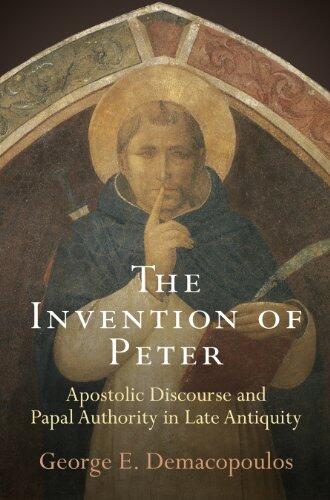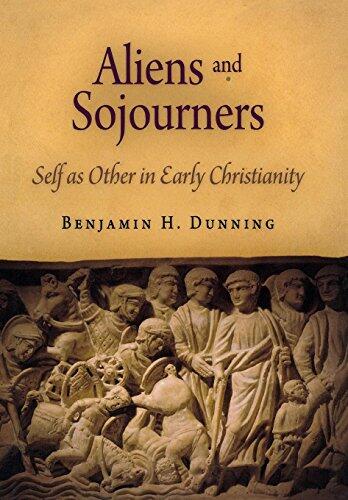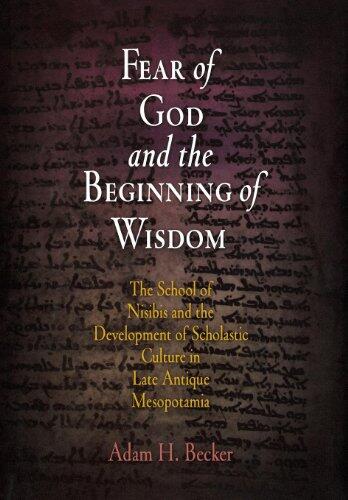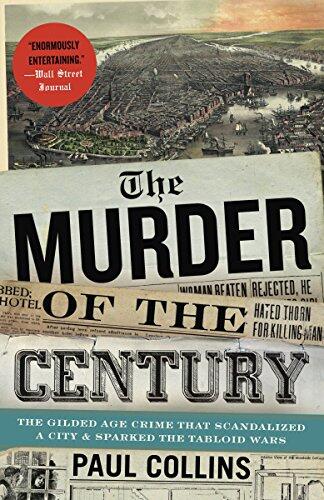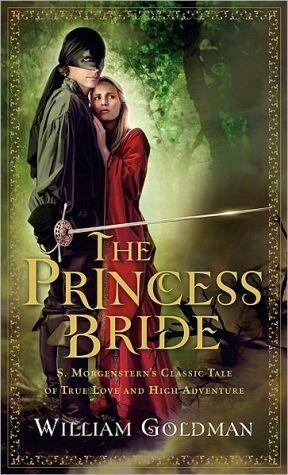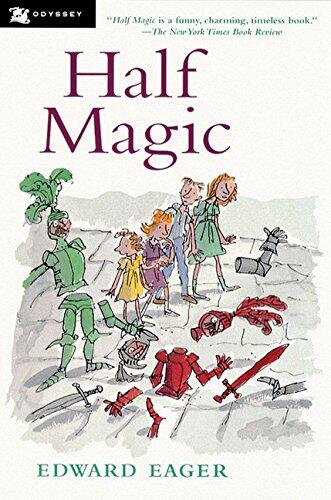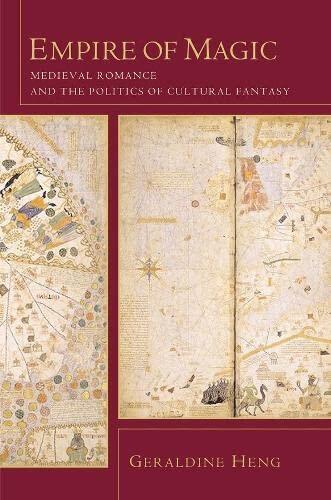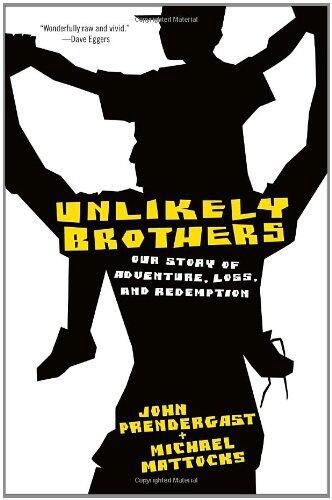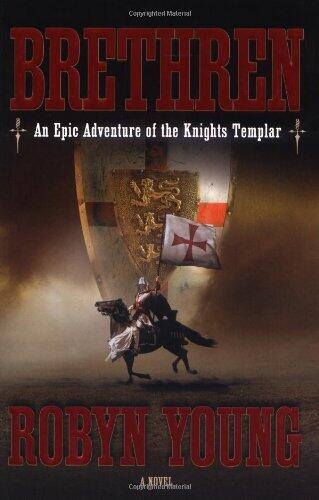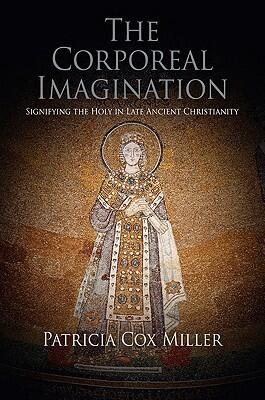
The Corporeal Imagination: Signifying the Holy in Late Ancient Christianity
によって
Patricia Cox Miller
まだ評価がありません
Romance
Religion & Spirituality
形式
ハードカバー
ページ数
272
言語
英語
公開されました
Apr 1, 2009
出版社
University of Pennsylvania Press
ISBN-10
0812241428
ISBN-13
9780812241426
説明
In exploring the rich tapestry of late ancient Christianity, Patricia Cox Miller delves deep into how the corporeal imagination shaped religious experience and expression. The work sheds light on the nuanced ways in which physicality, sensory perception, and embodied practices influenced the signification of the sacred during this pivotal historical period. Miller's analytical prowess reveals that the understanding of the divine was not merely an abstract concept but was intricately tied to the corporeal world and its myriad representations.
The text invites readers to reconsider the overlooked dimensions of late antiquity's spiritual life, revealing how artistic, ritualistic, and communal activities breathed life into theological ideas. By examining a range of sources, Miller uncovers how the body and its experiences created a unique lens through which individuals interpreted the holy. This perspective offers a fresh understanding of early Christian thought and its manifestations in material culture.
Through her nuanced examination, Miller not only enriches the discourse on late ancient Christianity but also bridges the gap between religious studies and the humanities. Her engaging narrative invites readers to reflect on the ways humanity has historically sought to connect the corporeal with the divine, making the exploration of faith a deeply embodied experience.
The text invites readers to reconsider the overlooked dimensions of late antiquity's spiritual life, revealing how artistic, ritualistic, and communal activities breathed life into theological ideas. By examining a range of sources, Miller uncovers how the body and its experiences created a unique lens through which individuals interpreted the holy. This perspective offers a fresh understanding of early Christian thought and its manifestations in material culture.
Through her nuanced examination, Miller not only enriches the discourse on late ancient Christianity but also bridges the gap between religious studies and the humanities. Her engaging narrative invites readers to reflect on the ways humanity has historically sought to connect the corporeal with the divine, making the exploration of faith a deeply embodied experience.
